SummaryAirport Rating ***** Reception of locals ***** Cost: £££££
I recently had the opportunity to head back to Singapore, my first trip to the city state in almost 5 years. If you read my previous article on Singapore, you'll note that I only stayed a couple of days and mentioned it was one of the places I'd like to visit again, only with more time to spare. Well I finally had the chance to revisit it, and I spent almost a week exploring areas of Singapore that I didn't have a chance to see the first time around. Read on for more about my views and observations about one of the more divisive places in Asia. ChinatownA negative stereotype often levelled at Singapore is that it doesn't have much character, and it is far too controlled and 'orderly'. During my first visit to Singapore almost five years ago, I spent most of my time around the Marina and Downtown areas and I could definitely see why people have that opinion; although it was in parts very beautiful, it lacked character and was a little too 'sterile'. I decided to spend at least some of my time away from the Marina area, and therefore spent the first three days of my trip based in the Chinatown district. The island of Singapore has had a Chinese community since at least the 13th century, and it currently makes up one of the largest ethnic groups on the island. Given the long history of the Chinese community on the island, it was perhaps unsurprising to see a large, well developed Chinatown area with a lot of people, some fantastic places to eat, and some very cool places to see. One of the more spectacular sites in the area is the Buddha Tooth Relic Temple and Museum. Built in the ancient Tang Dynasty style of architecture, the temple itself is relatively new, being built in 2002, however, it's most famous for housing a relic significantly older. On the fourth floor of the temple is, allegedly, the tooth of Gautama Buddha, discovered in a collapsed stupa in Burma in 1980. The tooth is behind a lot of glass and I'll be honest, even with 20/20 vision I struggled to make it out, but if it's the real deal, it's a pretty special relic. The whole temple is a great place to spend some time. The ground floor houses a seating and praying area with spectacular large golden statues of the future Buddha and other Bodhisattvas in the altar. In the walls are hundreds of buddhist sculptures, each spectacularly detailed. A short walk up the stairs takes you to different areas. One floor has stories of famous Buddhist monks, complete with eerily lifelike statues. In fact, I had to stop and watch to make sure it wasn't a real monk meditating - honestly, they are amongst the most lifelike statues I have seen. The fourth floor contains the tooth relic and another praying area where a number of Buddhists were meditating. Perhaps my favourite floor was the rooftop garden. The garden is filled with exotic plants and in the centre is a Buddhist prayer wheel. Each circular walk is timed so that the worshipper completes one full mantra. I had a go, and I can imagine getting dizzy after more than a couple of rotations. A slightly older temple is a Dravidian Hindu temple, the Sri Mariamman Temple, located just a couple of minutes walk from the Buddha Tooth Relic Temple. Established in 1827, the temple is South Indian in style and has become increasingly larger and more elaborate in the near 200 years since it was first founded as a simple wooden building. The entrance tower is spectacular, a pyramid of various Hindu deities and stories, flanked by larger plaster sculptures of Krishna and Murugan, popular Hindu avatars. Inside the temple there are more plastered sculptures, a covered hall for praying and eating, and an exterior that is walled off from the busy streets around it. There's no doubt that in its overt visual appeal, this is one of the most standout landmarks in Singapore, and although 1827 is a relatively recent year in a continent filled with ancient sites, it's about as old as a building gets in a nation that wasn't founded in its modern form too much earlier. The night markets around Pagoda Street and Temple Street create a buzz in the warm and muggy evenings, but if you think you will find a bargain, think again. Singapore is an expensive place, and Chinatown isn't really much cheaper. It's probably my main negative of the fantastic Smith Street Hawker Centre. An amazing open food court, the area also has live music and some great restaurants. Although cheaper than the high end restaurants in the Marina and Downtown areas, the food isn't exactly cheap - but it is good. The great thing about Chinatown is that you don't have to really buy anything, just walking around the streets, especially when they are lit up at night, is interesting enough. Both of the temples I mentioned above are free to visit, and you can always walk through the night markets and food courts and take everything in. Little IndiaIn an example of the over-control the Singaporean authorities have over society, until recently, the Singaporeans had an idea that segregation would lead to racial harmony. This form of social engineering created a number of enclaves, Little India being one. Although it's less than 10 minutes on the subway from Chinatown, I decided to do the near 40 minute walk to Little India. Based on what I saw (or more accurately, didn't see) I would advise that it's much better to spend the handful of Singaporean dollars and use the MRT. Unlike the equivalent Little Indias in the UK such as Handsworth, Wolverhampton and Southall that are dominated by Panjabis, Little India in Singapore is the home of mostly South Indians. I saw a fair few Sikhs in the area, but on the whole, it's a different type of Little India. It makes the area feel a bit more 'exotic', after all if I wanted to see an area full of Panjabis there are plenty of those back home. The neighbourhood is centred on Serangoon Road, the equivalent of Soho Road, Dudley Road or Southall Broadway in the UK. Little India has a lot more fascinating architecture with most of the buildings lining the road built in a colonial fashion from the late 19th century. Again, the standout landmark is another Dravidian style temple, the Veeramakaliamman Temple. Similar to the Sri Mariamman Temple in Chinatown it features an ornate entrance tower, but it is smaller in size. The area also features mosques and the central Sikh Gurdwara. Having not been back to my mom's home in the Midlands for a few months, I decided to get some Panjabi food from one of the restaurants. Whilst the Chinese food was amazing, the Indian food, at least in the restaurant that I ate wasn't so great, it felt like it was 99% onions. I spent a good three hours walking around the streets of Little India, through the maze of shops and markets. It's a nice place to spend a few hours, but doesn't quite have the same atmosphere and buzz that Chinatown does. RooftopsThe main reason that I was lucky enough to return to Singapore was for work, and I spent another three days in the central Downtown area. Singapore has found itself the centre of financial innovation in Asia with a large Finch sector, and the government works hard to attract a lot of large conferences and events to its shores. I attended one of these conferences and the organisers went all out to ensure attendees saw the best Singapore has to offer, and this included a couple of rooftop events. The first of these was at the luxury Fullerton Bay Hotel, the hotel of choice for Formula 1 drivers when they arrive for the Singaporean Grand Prix. The hotel is definitely on the premium side, and the rooftop has fantastic views being located very close to the downtown area (it almost seems you are smothered in skyscrapers) and it looks toward the Marina Bay Sands hotel. The Marina Bay Sands hotel is a visual landmark of Singapore, the same way the Statue of Liberty is for New York City and the Houses of Parliament are for London. I wrote extensively about the Marina Bay Sands hotel during my first trip to Singapore (which you can read here), and the second of the rooftop events was on the rooftop of this famous hotel. It's a view that I have seen before, but it's a view that I would never tire from. On one side you have the Marina, looking onto the Singapore Flyer, Cloud Forest and SuperTree Grove, and on the other side is the rest of Singapore, with the skyscrapers of Downtown in the distance. It's one of the most spectacular rooftops I have visited, and I felt privileged to be able to experience that view again. I had spent a fair bit of time around the Marina Gardens during my first trip, and on this occasion I took just a very short walk around the SuperTree Grove. During my first visit I did the skywalk (which I would recommend) and saw the evening light show. On this occasion I just walked around the gardens. Even then, some of the views I saw this time around were just phenomenal. I'd almost forgotten just how large the tree-like structures were. The scale of these gardens, and the things to see and do in them makes the Gardens by the Bay one of the most impressive public spaces I have visited. Word of warning though, during the day, wear a lot of sun cream, the park doesn't have a ton of shade, and Singapore is uncomfortably hot pretty much all year round. Clarke Quay & Orchard RoadIt's perhaps areas like the Marina, Downtown, Clarke Quay and Orchard Road that give Singapore a reputation that I'm not sure it deserves. I'll be honest, I really don't like Orchard Road. I don't like shopping, I don't buy any expensive things and really you could put me in any large shopping street and I couldn't tell the difference. This could be Oxford Street, or the Magnificent Mile, or Fifth Avenue, it's all the same to me. Overpriced goods, overpriced restaurants and bars, all attracting a certain type of person, and to wrap it all up, a tourist trap. On the way I did walk past the Singapore National Museum, which looked beautiful on the outside, perhaps that's a reason to make a third trip at some point in the future. Clarke Quay is much the same, although I will admit I did enjoy myself. Meeting up with a colleague from London and some of his Singaporean friends, we hit the admittedly expensive Clarke Quay district, ate some Hot Pot and visited the different bars and restaurants in the area. It's a magnet for British expats, but at night, the spectacularly lit up boats on a river that runs through the area looked remarkably like the Chicago Riverwalk, which is one of my favourite memories of that particular city. Arab St, Bugis St and GeylangBut for every area like Clarke Quay and Orchard Road, there is an Arab St, or Bugis St - or my favourite - Geylang. Bugis Street is built around a neighbourhood for the Bugis people from Indonesia. An area with a rich history, it was once the home of a lot of the city state's trans community. While the area was once known for its liberal nature and traditional Indonesian character, a wholesale redevelopment in the 1980s has brought the area in line with much of the rest of Singapore. It's still a shopping magnet, with some large indoor shopping centres, significantly cheaper than those in the Downtown or Marina districts. I took a walk in one of these and it's a maze of narrow corridors, with clothes hanging over walkways, the smell of Malay and Indonesian food in the air. A short walk from Bugis is Arab Street, no prizes for guessing which community dominates here. The streets in the neighbourhood have a completely different character to areas surrounding it. Large palm streets line the pavements and the smell of Shisha floats onto the road from the many restaurants. It felt like I was somewhere in northern Africa. The centre point of the neighbourhood is the Sultan Mosque. There's a common misconception that non-Muslims are not able to enter mosques. Whilst what you can and can't do is much more restrictive than in the religious buildings of other communities, I took the opportunity to go inside a mosque for the first time in my life. As with most other religious buildings in Asia, they ask that you cover modestly. Whilst my knee length shorts were fine for the Buddhist and Hindu temples, the gatekeepers to the Mosque asked me to wear one of their long leg coverings. It looked a bit like a skirt and I thought it was a bit of a piss take and almost turned around out of disgust, before noticing that a few western men had put them on to go inside. Just then it started raining quite heavily and that made up my mind, I was going inside. I put it on and almost straight away a worshipper made a snide remark. I ignored it and went inside, out of the rain. In the entrance there were a handful of tourists. I wondered why they were all lined up in one place, before I realised, the only thing you could do was visit a small rectangular lobby near the entrance. I could see into a very large prayer hall where people were worshipping and I spent a good 20 minutes looking inside. I've always admired the dedication that Muslims have to their faith and while I may not agree with some of their beliefs, I do think it makes a lot of people around the world happy. Perhaps my favourite area of Singapore, and to put to rest any notions of Singapore being a sterile, soulless place, is Geylang. An old boss of mine from London moved to Singapore and took up residence in the area famous for being a red-light district. Yep, authoritarian Singapore has a legalised sex industry. Even numbered roads in the area have brothels, so you can't 'accidentally' come across any. My old boss first showed me his apartment, a fantastic place with a rooftop view of the Singapore skyline. We then headed out, visiting some great restaurants and bars and one questionable establishment that blurred the lines of normality. The Geylang area has a lot more character than other neighbourhoods in Singapore. I felt that even Chinatown had some order to it, and if you've visited Chinatowns in other cities, you know they are usually the most chaotic. But here in Geylang, I walked down streets where locals were eating and drinking in barely covered huts. There were some interesting looking bars, exotic supermarkets (with live crabs), durian sellers and a maze of buildings, most of which had an older architectural style. We ate in one of these huts and the food was both incredible and cheap. It never felt overtly unsafe, very few places in this strict city state do, but there was a rebellious vibe in the area that I really liked. I'd definitely recommend visiting Geylang - just keep to the odd numbered roads. Getting aroundA positive of Singapore's reputation as an orderly city is the fact that public transport is clean, efficient and reasonably priced. The Singapore Mass Rapid Transit (MRT) is an extensive metro network of lines that incorporate large areas of the city state. The MRT covers all the popular areas in Singapore and links well to Changi Airport. Unlike Paris and New York, stations are modern and clean, with trains air conditioned with plenty of space. Fares are cheaper than London, and unlike London are not based on 'zones' but the distance from one station to the other. You can purchase stored value cards, similar to Oyster Cards in London, but owing to my stay of only a week, I brought normal single use tickets. Machines are fairly easy to use and accept both card and cash, although this one one of the few places where my Revolut card did not work. Most places, including taxis, accept card and on the whole Revolut did work well. Taxis aren't cheap but are plentiful, and the cost of a ride from Changi Airport to the city centre isn't much more than £10-£15 GBP. A word on the airport itself. Constantly voted the world's best, I have flown through it on a number of occasions now and I can't fault it at all. The design is efficient, there's plenty of places to eat, rest, and even sleep. The carpets are bold but work very well and airport security has never been a problem. During only one of my visits was I subjected to an extra patdown and that was very small and quick using a metal detector. Singapore is a unique place, and definitely somewhere you should visit at least once. It might not be to all tastes, but a week long trip made me appreciate it a little more than I did following my first visit. I still do think to get the most out of it you need a bit of money, and in places it is a millionaire's playground, but let's be honest - so is Manhattan and Central London. Areas like Chinatown and Little India show there is more to Singapore than just skyscrapers and luxury hotels, whilst areas like Arab Street, Bugis Street and, particularly Geylang, have much more character than Singapore is usually given credit for. As always, leave a comment below to talk about your favourite parts of Singapore, and fill in the poll below to let me know if you think Singapore is fun or boring. My thanks to Lukas for showing me around the less touristy side of Singapore Comments are closed.
|
AuthorBritish Sikh, born in the Midlands, based in London, travelling the world seeing new cultures. Categories
All
|
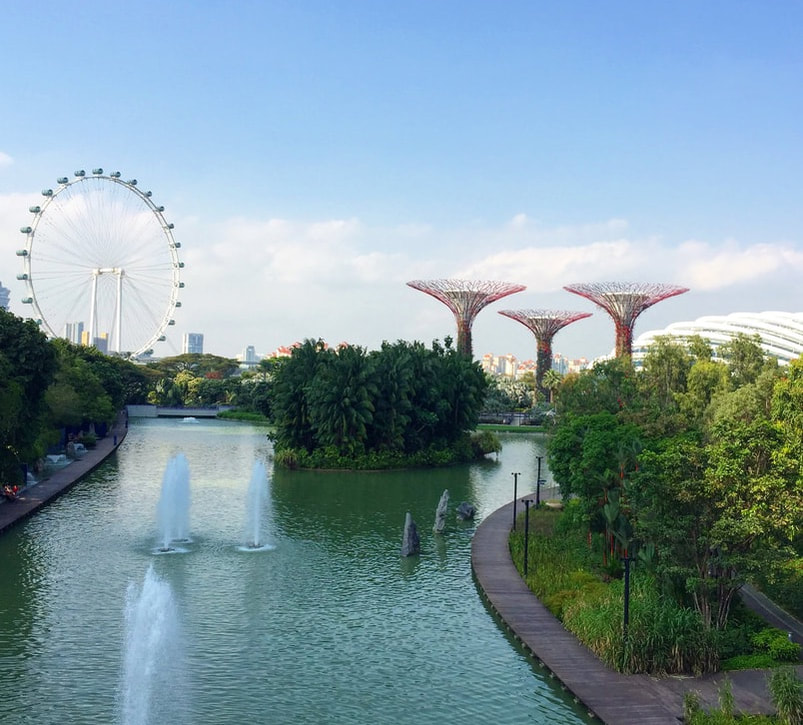
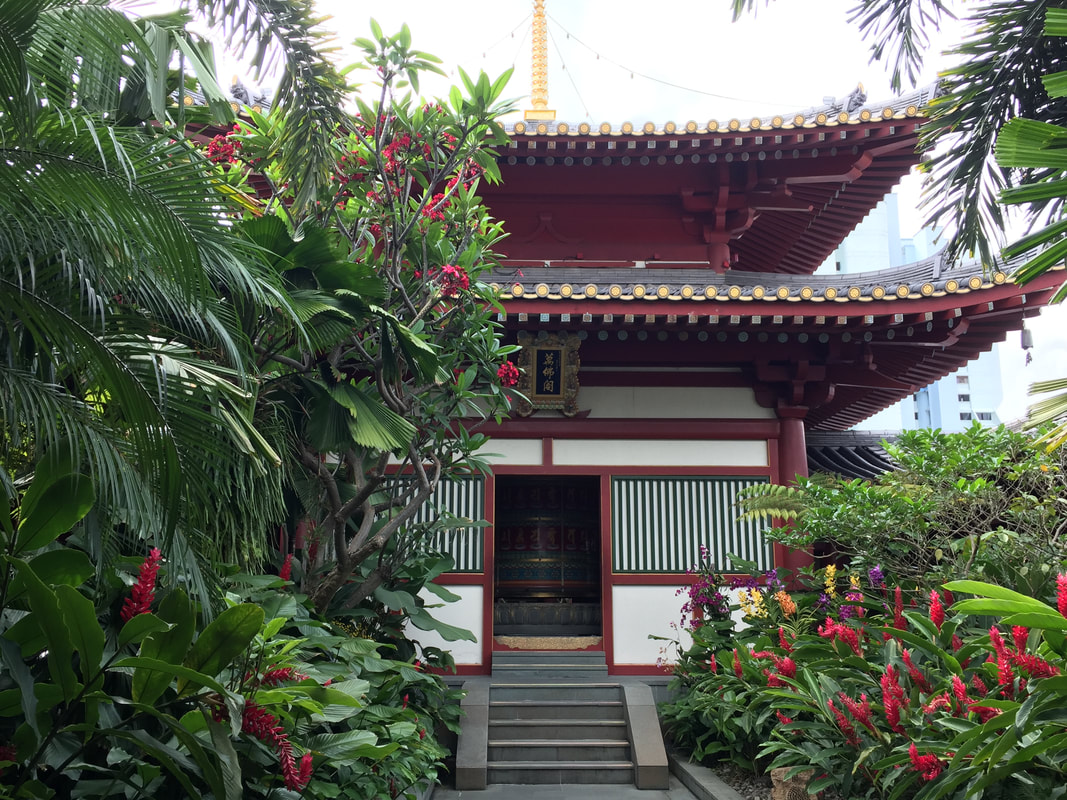

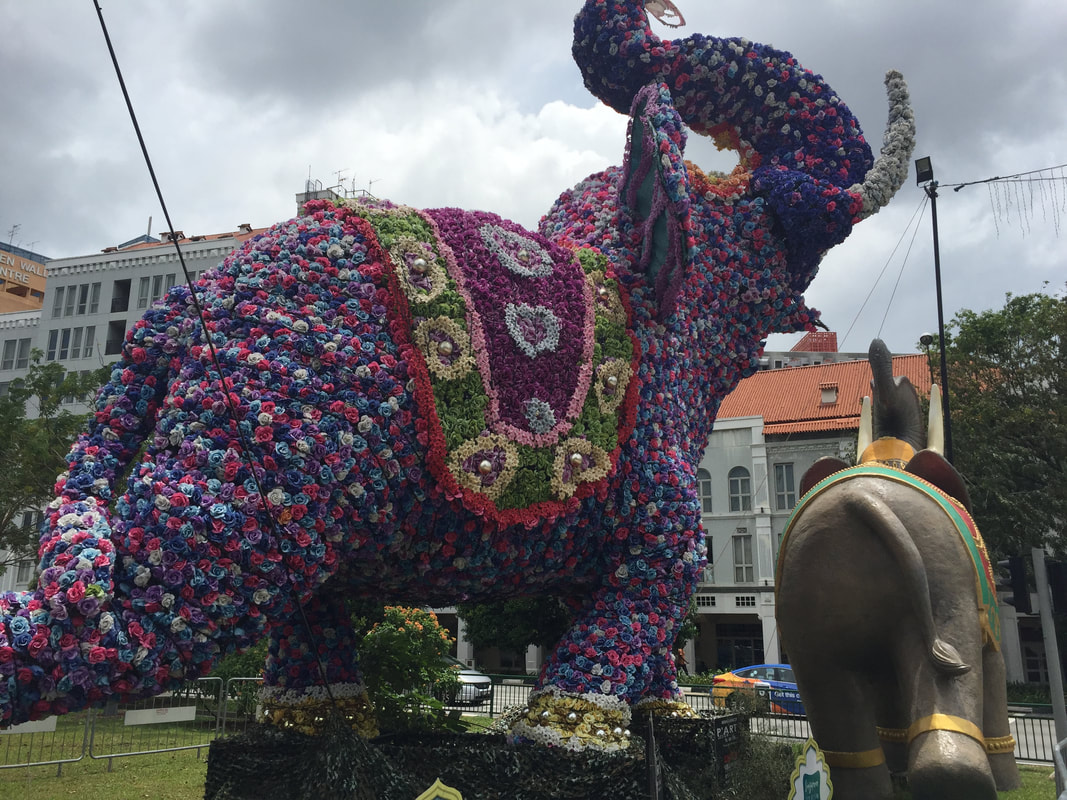
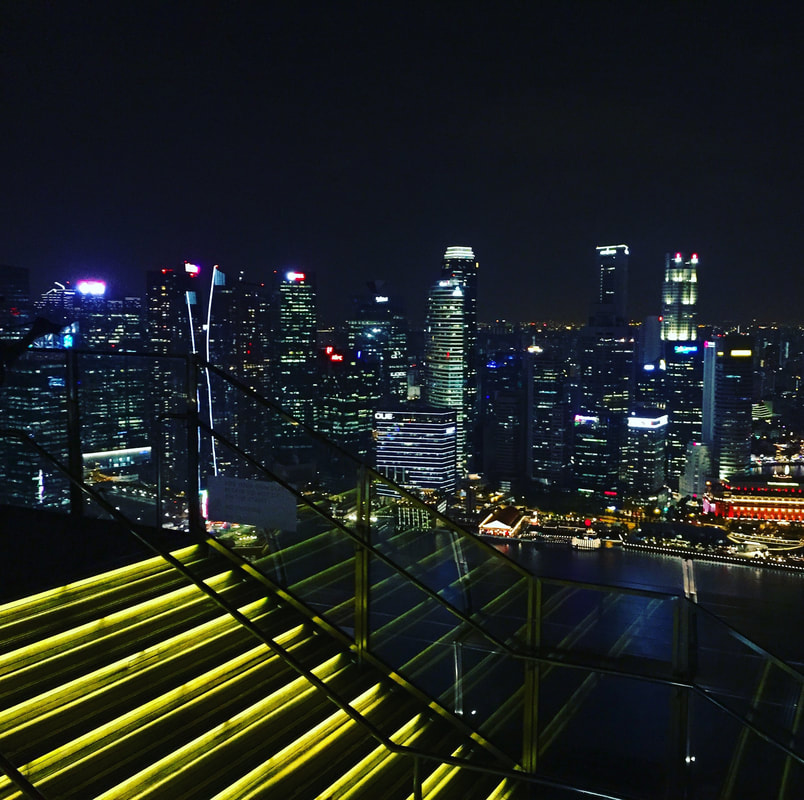

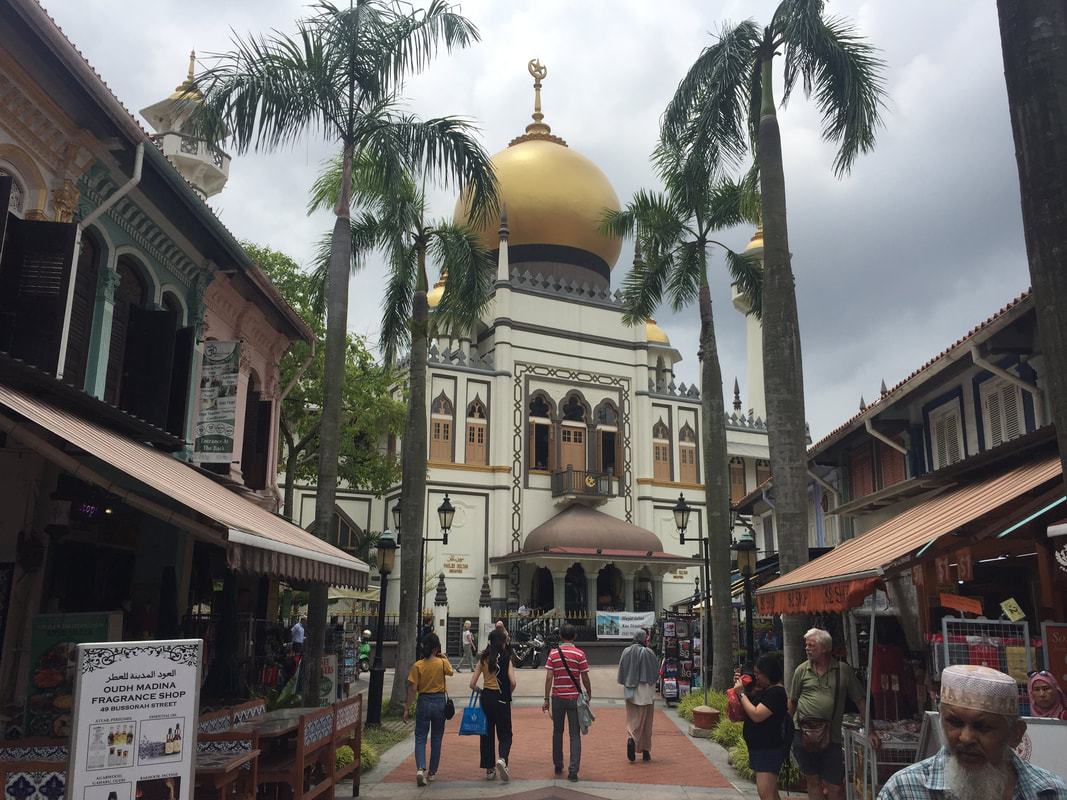
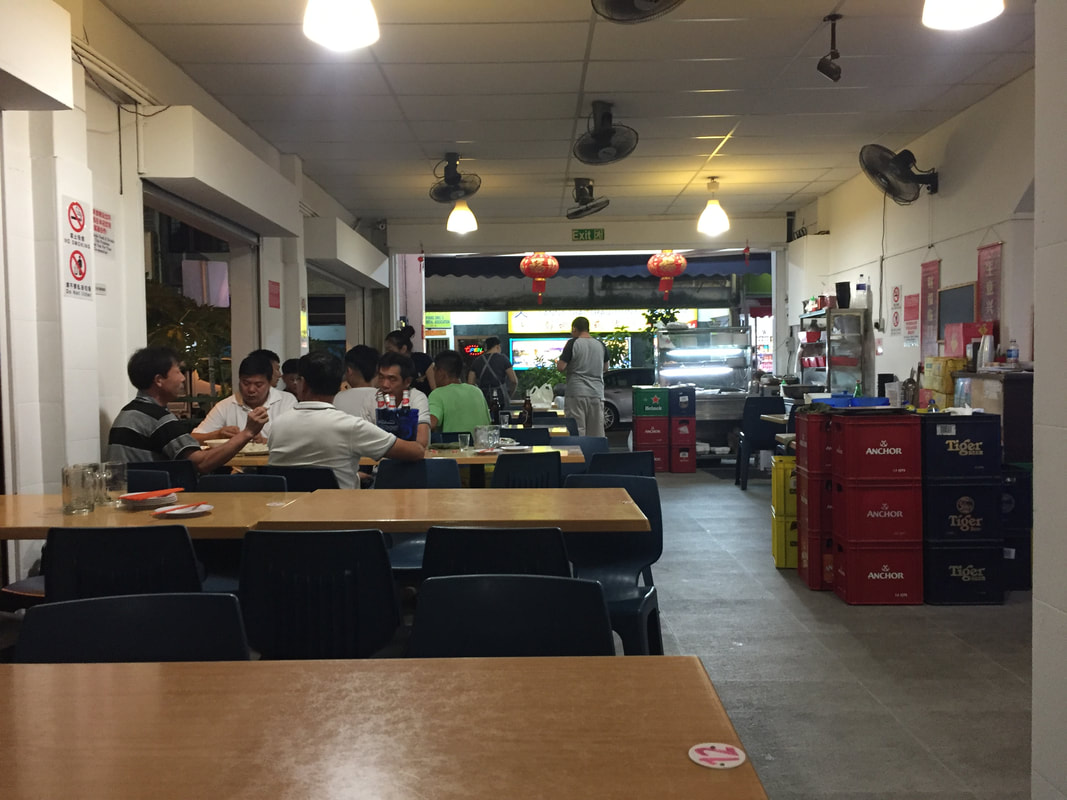


 RSS Feed
RSS Feed